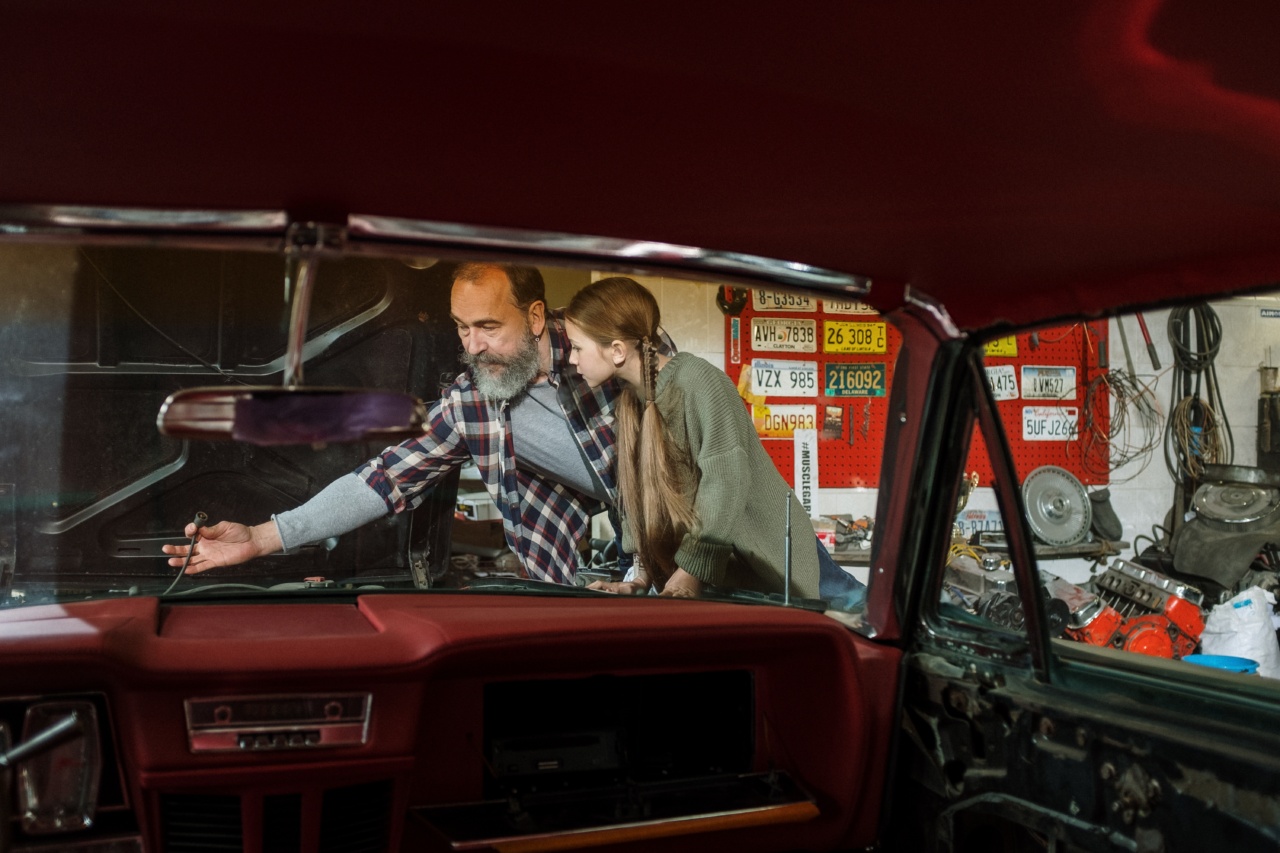Training your furry friend can be a rewarding and fulfilling experience for both you and your pup. However, it’s important to remember that dogs learn differently from humans. They respond best to positive reinforcement and rewards.
In this article, we will explore how you can effectively reward your pup for smarter learning and enhance their training experience.
Understanding Positive Reinforcement
Positive reinforcement is a training technique that involves rewarding your pup for exhibiting desired behaviors. It works on the principle that rewards will encourage your dog to repeat those behaviors in the future.
By using positive reinforcement, you not only motivate your pup but also build a strong bond based on trust and respect.
Selecting the Right Rewards
When it comes to choosing rewards for your pup, there are several options to consider. Treats are perhaps the most commonly used reward. Make sure to use small, bite-sized treats that your dog loves.
You can also use verbal praise, such as saying “Good boy/girl,” or physical affection, like petting or belly rubs. Each dog is unique, so experiment with different rewards to find out what motivates your pup the most.
Timing Is Everything
Timing is crucial when it comes to rewarding your pup. Dogs associate rewards with their immediate actions, so it’s important to deliver the reward promptly.
If your dog sits on command, for example, give them the treat as soon as they sit, not when they get up or start wandering around. This immediate reinforcement helps your dog connect the behavior with the reward, making it more likely that they will repeat the desired action in the future.
Consistency Is Key
Consistency is vital in dog training. Using the same rewards and following the same routine will help your pup understand what is expected of them.
If you reward your dog for sitting one day but ignore their behavior the next, they will become confused and frustrated. Consistently rewarding desired behaviors will reinforce their understanding and make the learning process smoother.
Intermittent Reinforcement
While it’s important to reward your pup consistently, intermittently reinforcing their behavior can also be highly effective.
This method involves rewarding your dog only occasionally, rather than every single time they display the desired behavior. Intermittent reinforcement strengthens the behavior, making it more resistant to extinction. Therefore, this technique can help your pup retain and generalize the learned behaviors.
Clicker Training
Clicker training is a popular method that uses a handheld device called a clicker to mark the desired behavior. It works by associating the sound of the clicker with a reward.
Initially, you will need to “charge” the clicker by clicking and immediately rewarding your dog. Once your pup understands that the clicker signifies a reward, you can use it to capture and reinforce specific behaviors. Clicker training helps establish clear communication with your pup, making it easier for them to grasp new commands and tricks.
Shaping Behaviors
Shaping is another effective training technique that involves gradually molding your dog’s behavior. Instead of waiting for your pup to perform the full desired behavior, you break it down into small steps.
Begin by rewarding any behavior that slightly resembles the desired behavior, and gradually shape it towards the final goal. For example, if you want to teach your dog to roll over, you would reward them for lying on their side, then for further tilting, until they finally complete the roll.
Shaping builds confidence in your pup and encourages them to think and problem-solve.
The Power of Positive Association
Creating positive associations with training sessions and learning can significantly enhance your pup’s engagement and motivation. Make training sessions enjoyable and interactive by incorporating games, toys, and play.
This way, your pup will view training as a fun activity rather than a chore. By creating positive associations with learning, you will foster a lifelong love for training in your furry friend.
Avoid Punishment
Punishment-based training techniques, such as scolding or physical corrections, can have detrimental effects on your pup’s learning experience. They can lead to fear, anxiety, and even aggression.
Positive reinforcement methods focus on rewarding the desired behaviors and ignoring or redirecting the unwanted ones. This positive approach promotes a happy and confident pup who is eager to learn and please.
Patience and Persistence
Training takes time, patience, and persistence. Remember that dogs learn at their own pace, and some pups may require more time to grasp certain commands or behaviors. Be patient with your furry friend and focus on positive progress.
Celebrate small victories along the way, and consistently reward any effort your pup puts into learning. By being patient and persistent, you will set your pup up for success and a lifetime of smarter learning.
Conclusion
Rewarding your pup for smarter learning is all about positive reinforcement, consistency, and patience.
By understanding how dogs learn and tailoring your rewards to suit their preferences, you can create a training experience that is engaging, enjoyable, and effective. Invest time in building a strong bond with your pup, and make training sessions a positive and rewarding activity for both of you. With the right approach, you will have a well-trained, happy, and eager-to-learn companion by your side.
























